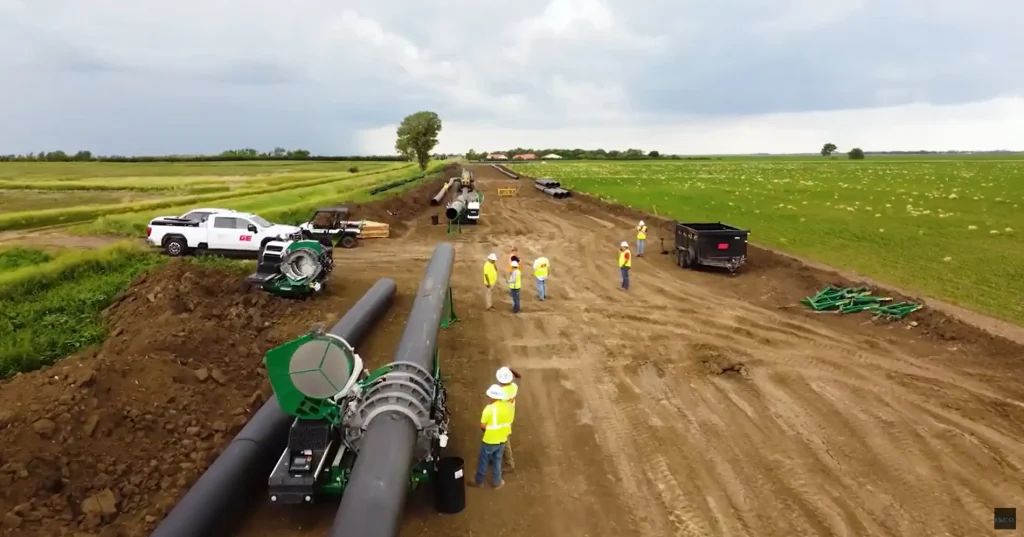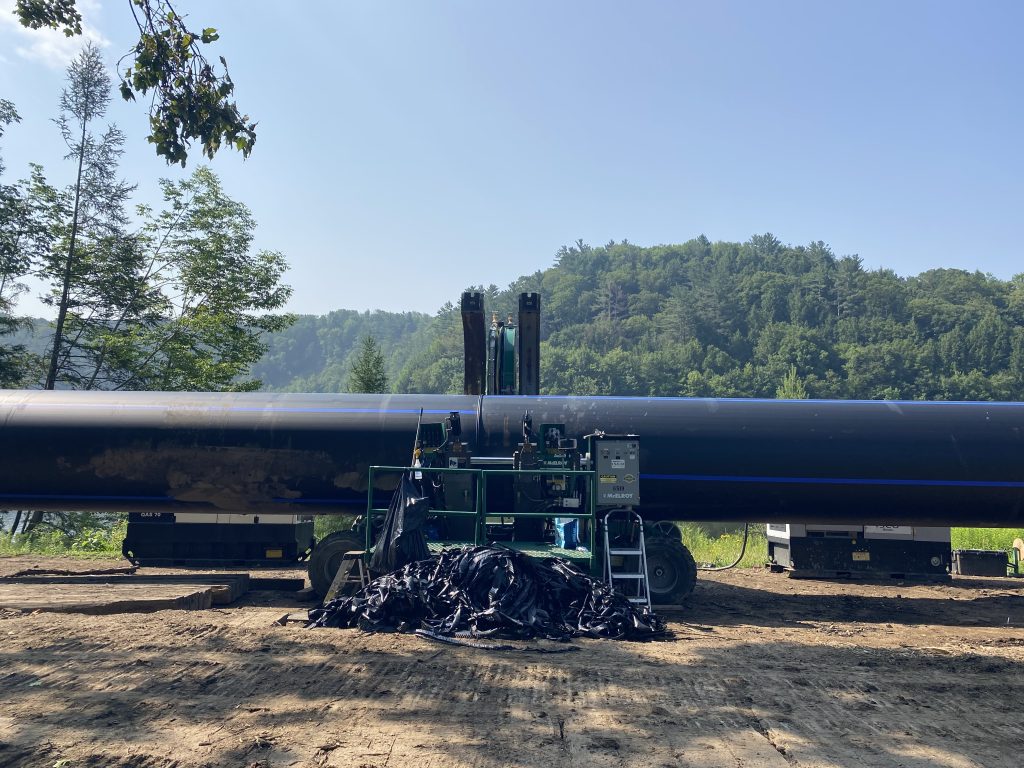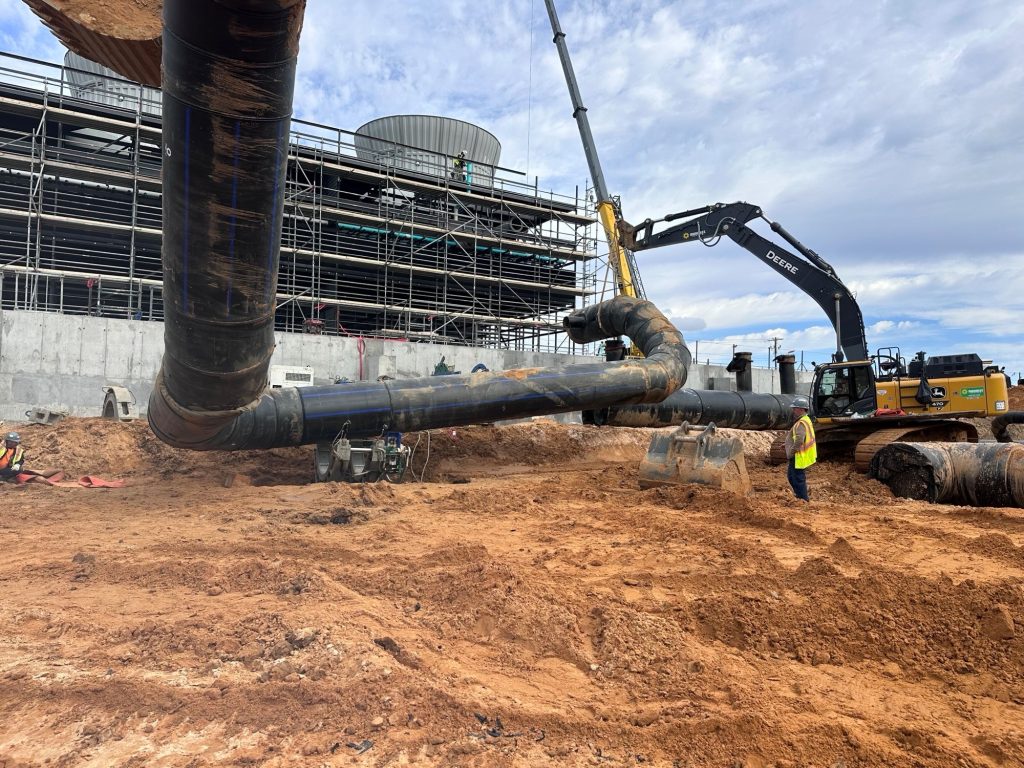Resources
Field Reports
Damaged Culvert Relined With Snap-Tite Pipe to Avoid Road Closures
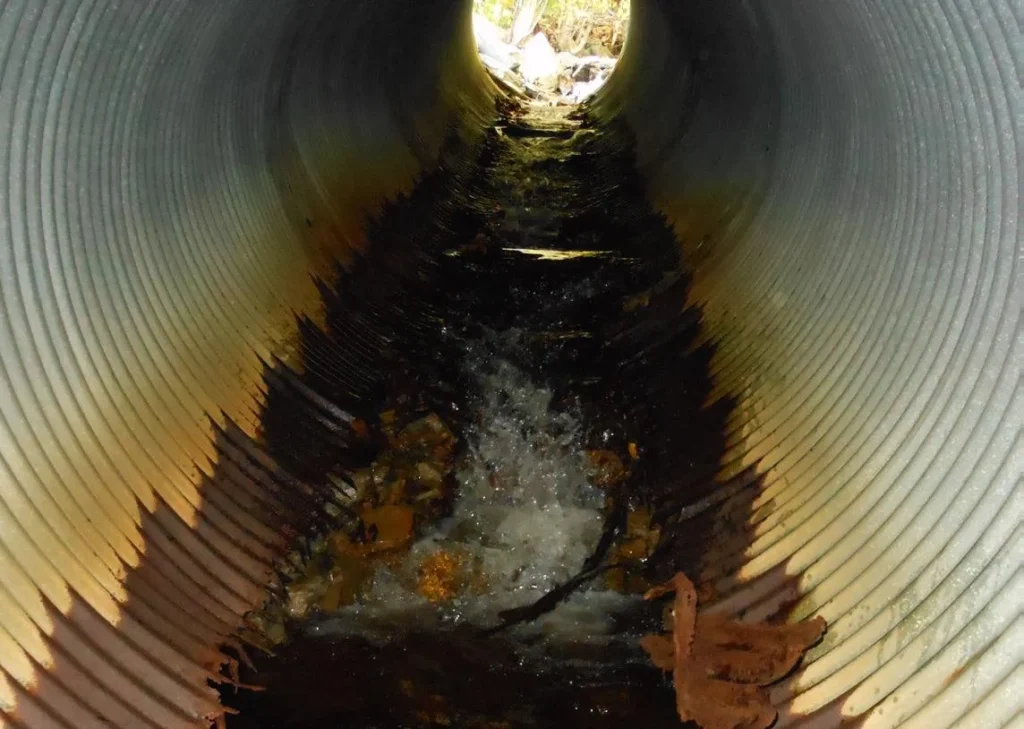

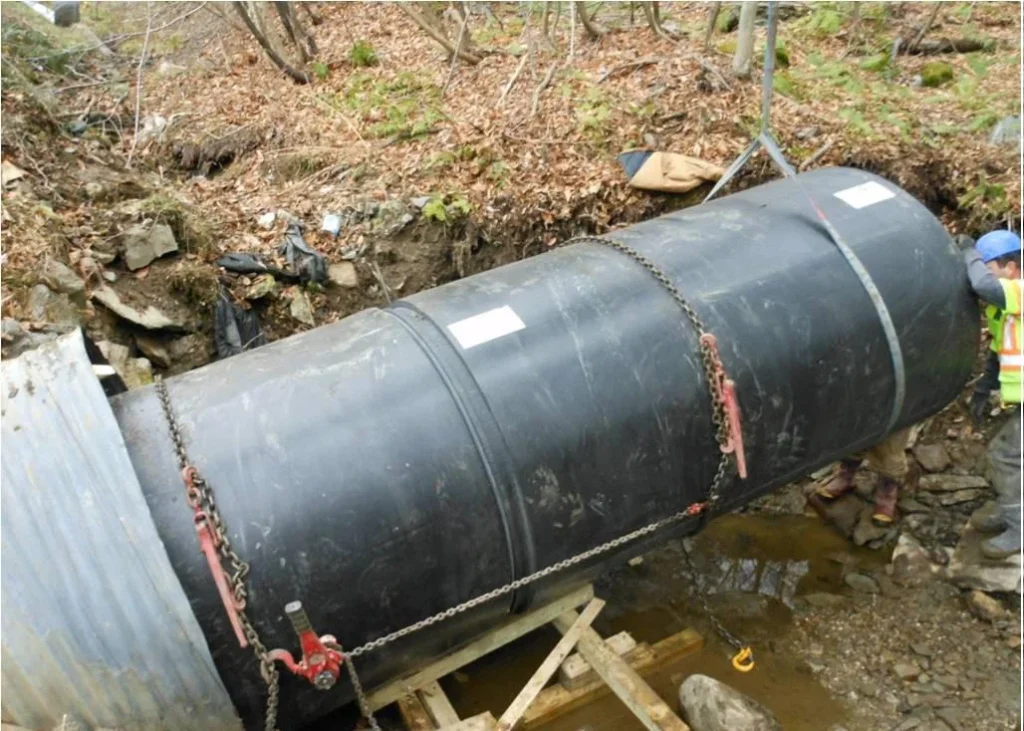
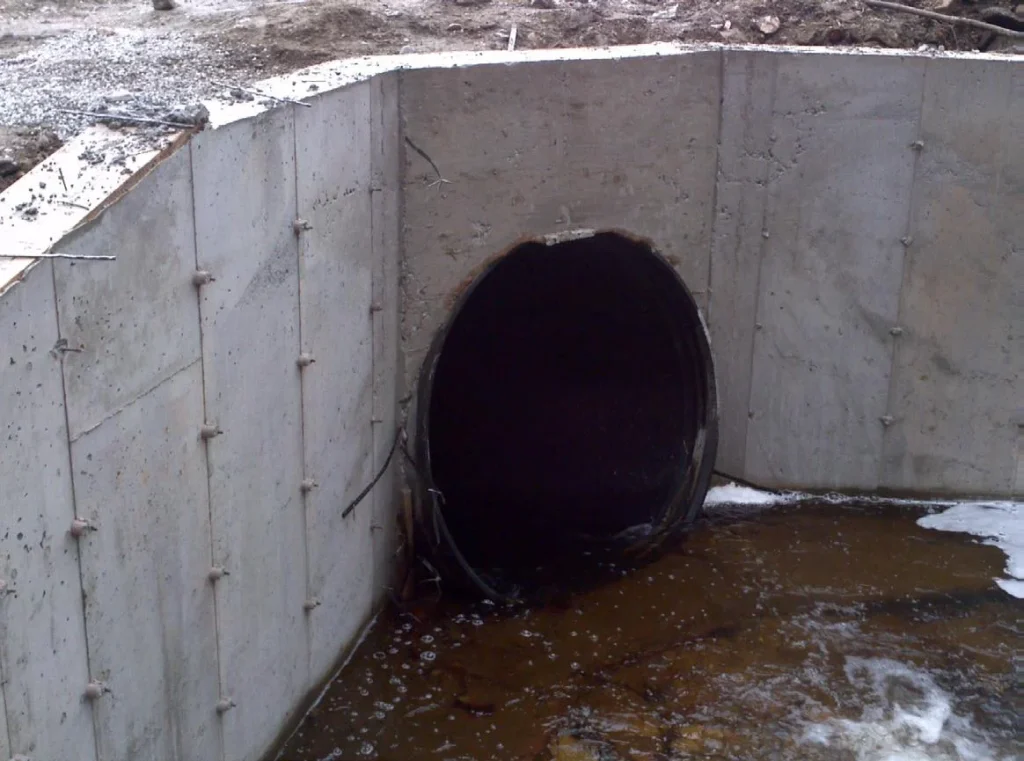
Background
Okemo Mountain is a popular ski resort located in Ludlow, Vermont. In 2009, the resort had about 600,000 visitors who came to ski. The summit of the mountain is 3,344 feet above sea level. It has 119 trails that are spread across 632 acres of skiable terrain. The longest trail is four and a half miles.
The Problem
A 66-inch corrugated metal pipe (CMP) culvert was failing under a road that was the only access to multiple housing units from the Okemo Ski Mountain resort. The pipe began to deflect and sections of the bottom missing. There were scour holes inside the pipe in excess of three feet and parts of the road developed sink holes. As a result, this private road was reduced to a single lane and there were safety concerns for the motoring public going across it. A repair had to take place quickly because the winter ski season was right around the corner and inclement weather can complicate drainage construction.
TPW Management, who manages the property, needed a way to fix the 73-foot-long culvert that would still allow them to keep the road open. In addition, TPW Management was concerned about underground utilities as well as digging deep to replace the pipe, especially since the existing pipe was on a ledge. The pipe was originally installed over a 10 percent slope, accounting for 16 feet of vertical change. The company, therefore, needed a no-dig solution.
The Solution
TPW Management approached Sanderson Contracting, a local Ludlow contractor, on a possible no-dig solution. Brett Sanderson, owner of Sanderson Contracting, had an idea in mind. Chris Rogers of E.J. Prescott, a Snap-Tite distributor, had recently given Sanderson a presentation on the benefits of the Snap-Tite culvert lining system. Sanderson introduced culvert lining using Snap-Tite pipe to TPW Management, as a better alternative to dig-and-replace. A meeting took place between Sanderson, Peter Alberti, project manager for TPW Management, Bill Varney of E.J. Prescott’s culvert technical support division and Brian Zagrodny, Snap-Tite representative, to discuss the scope and feasibility of the lining, and ensure that culvert lining made the most sense in this application.
Snap-Tite had the largest diameter pipe available that would fit into the existing failing culvert in order to maximize flow. In addition, Snap-Tite could provide custom lengths and would not require any specialized equipment to install.
Snap-Tite is made of high-density polyethylene (HDPE) pipe. Its patented male/female machining at each end of the HDPE allows the pipe ends to be ‘snapped’ together, piece-by-piece, and pushed into the full length of the existing pipe. The pipe liner is available in lengths from two feet to 50 feet, and is available for culverts with diameters from eight inches to 84 inches. However larger diameters are available on special request. Snap-Tite is also available in both round and oval diameters.
“We opted to line the failed culvert with Snap-Tite largely because of the cost savings, and time it would have taken to replace the pipe,” said Alberti. “Concerns about a deep cut, under grown utilities and the unknown were also some of the driving factors that steered us away from a traditional dig and replace. With fear of the road completely failing, we were convinced that the Snap-Tite solution would fix the problem before the winter set in and be able to complete the project on time for the ski season.”
A 63-inch HDPE Snap-Tite pipe was chosen to reline the 66-inch, 73-foot culvert. The pipe was delivered in nine-foot lengths in order to be snapped together and installed on site.
The Installation
The Snap-Tite pipe arrived in nine-foot sections so it could be inserted from the upstream side of the culvert. This would minimize disruption to the surrounding area. The site was also on a ledge, so standard pipe lengths would not fit.
During installation, one nine-foot section of Snap-Tite pipe was slid inside the old culvert. Then the next section was snapped on using a come-along and chains. This process was repeated for each section until the liner was in place from end-to-end. Finally, grout was used to fill in any annular space between the old culvert and the new pipe liner.
“The lining portion of the project was completed in just a few days and we were able to keep the road open the entire time,” added Alberti. “We would certainly look to Snap-Tite again on future lining projects.”
